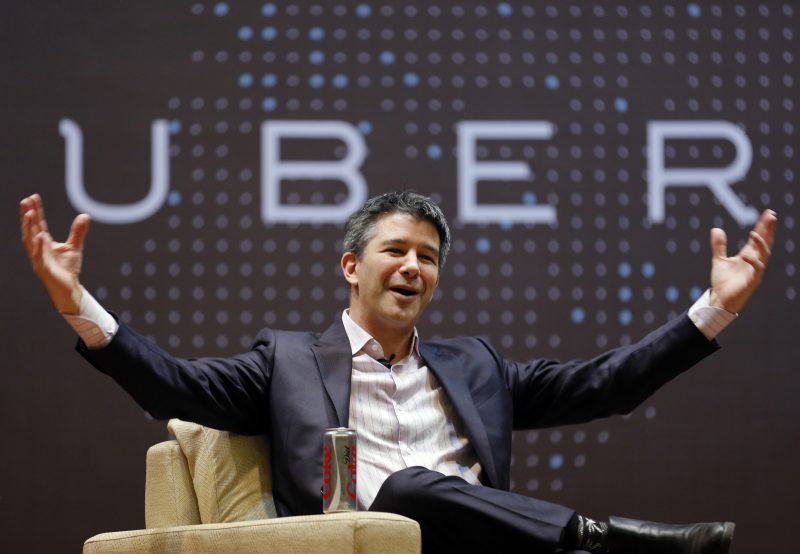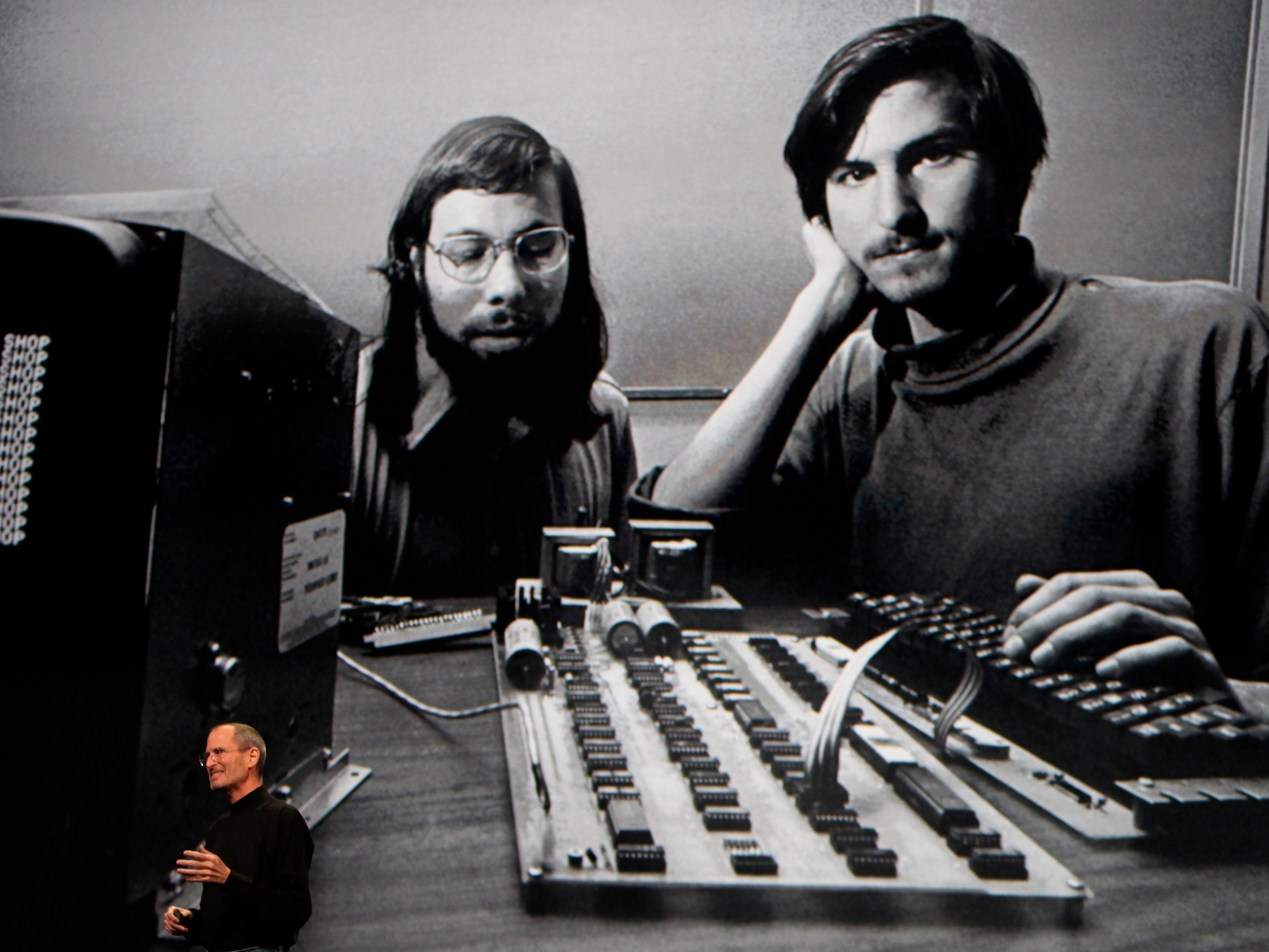According to a Recode report, ousted Uber CEO Travis Kalanick has been telling candidates for his old job that he’s planning on “Steve Jobs-ing” it – a not-so-subtle indication that he intends to return to Uber as chief executive.
Indeed, the rise, fall, and return of Steve Jobs is a big part of the Apple founder’s legend.
Ousted from Apple after a failed boardroom coup, Jobs formed his own startup. That startup was eventually purchased by a desperate Apple, which was in dire need of product leadership at the time. Not long after, Jobs would become interim CEO, then permanent CEO, and Apple would go from tech industry punchline to the most valuable company in the world.
The reality, however, is a little messier than that. Here’s the story of why Apple fired Jobs, and how he came back to save the company from itself.
Apple was founded in 1976 by Steve Jobs and Steve Wozniak. Jobs was the ideas guy and handled the business side of things; Wozniak was the engineering expert. Neither young man had any experience running a company, though.
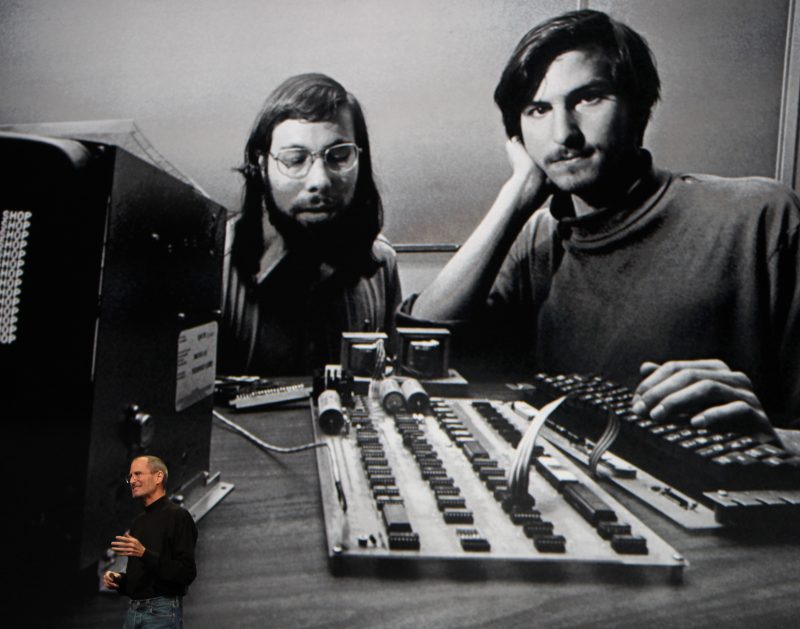
But Mike Markkula, one of Apple’s earliest investors and employees, didn’t think that either Wozniak or Jobs had the discipline for the job. And so, Markkula brought in his friend Michael Scott, an experienced executive, as Apple’s first CEO. When Scott left in 1981 following Apple’s IPO, Markkula himself stepped in as replacement.
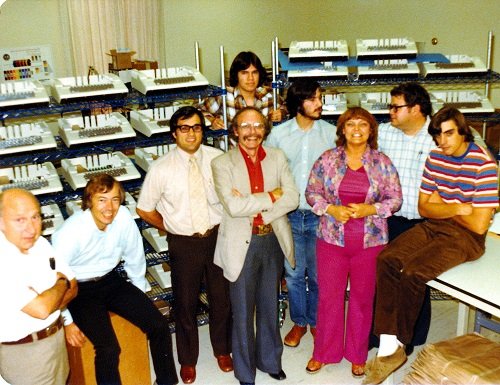
In 1983, Jobs himself recruited then-PepsiCo CEO John Sculley with the now-legendary pitch: "Do you want to sell sugared water for the rest of your life? Or do you want to come with me and change the world?" At this point, Jobs wanted to be CEO, but Apple's board didn't think he was ready for it.
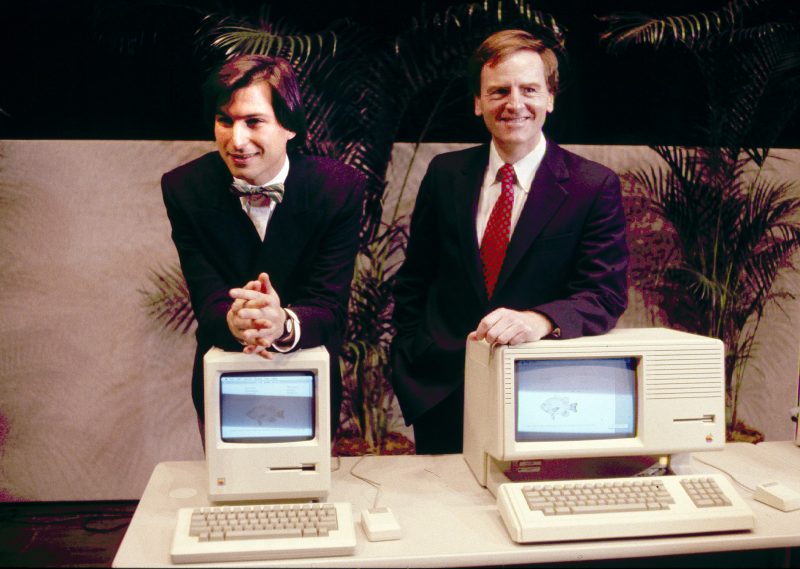
The problem was that Steve Jobs had quickly earned himself a reputation for being difficult to work with. He sweated the details, often at the expense of his team's feelings (and their deadlines).

Things came to a head in 1985. Under Jobs' guidance, Apple had released the Lisa, the first-ever computer with a graphical user interface (GUI). It was a technical marvel, but a total flop sales-wise. His follow-up project, the Macintosh, sold better — but still not well enough to make a sizable dent in IBM's control of the PC market.

Sculley moved to reassign Jobs away from the Macintosh product group, essentially putting reins on the founder and his influence at Apple. In response, Jobs went straight to Apple's board of directors — who sided with Sculley.

This is where stories differ. Jobs would publicly proclaim he was fired from Apple after that incident; Sculley has said that Jobs voluntarily left Apple after a showdown over the price of the Macintosh.
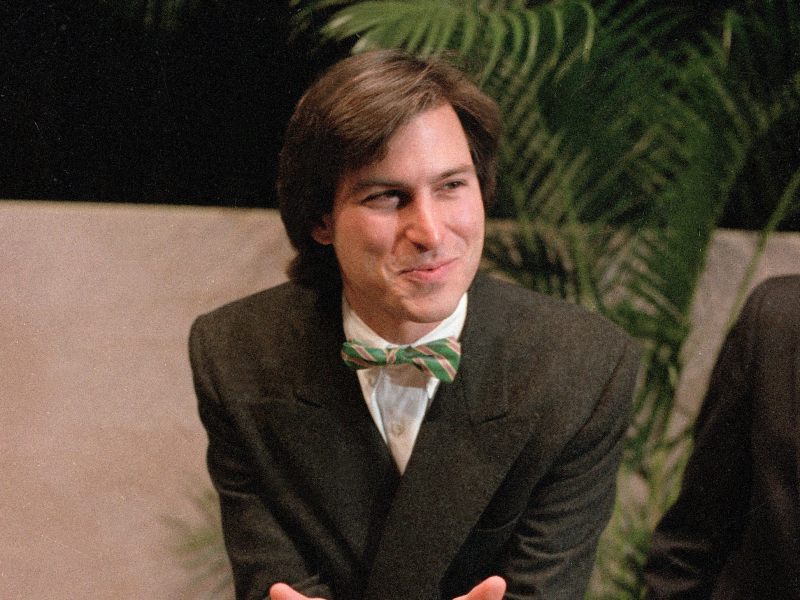
Jobs would go on to form NeXT, a company creating what he hyped as the next evolution of the PC. While the machines were technically impressive, the prices were high and sales were slow.

Meanwhile, back at Apple, Sculley got off to a hot start in the post-Jobs era. By 1991, Apple had introduced the System 7 operating system, which brought color to the Mac for the first time. Apple also introduced the PowerBook laptop.
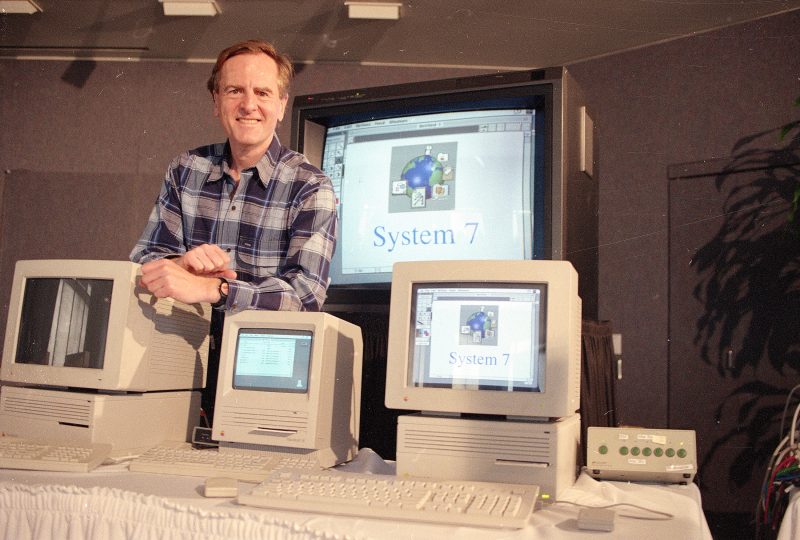
Before too long, though, Apple began to lose focus. Under Sculley, Apple experienced flops like the Newton MessagePad personal assistant, an ahead-of-its-time handwriting recognition device that just didn't work so well.

Sculley's biggest mistake, though, was betting Apple's future on a new kind of processor called PowerPC. It cost Apple a fortune to shift its designs over to the new standard, and kept Mac prices high. Meanwhile, Intel x86-based processors were way more popular and getting cheaper all the time. It became an albatross around Apple's neck, and after an earnings miss, Sculley was shown the door.

Sculley was replaced by long-time Apple employee Michael Spindler. Spindler only lasted about three years; Apple's board ousted him, too, after acquisition talks by IBM, Philips, and Sun Microsystems all fell through.

Spindler was replaced by Gil Amelio in 1996. Amelio's longest-lasting legacy is his idea to acquire NeXT for $429 million in early 1997. The move would bring Jobs back to Apple to give the company a much-needed shot in the arm. It would also turn out to be Amelio's undoing.
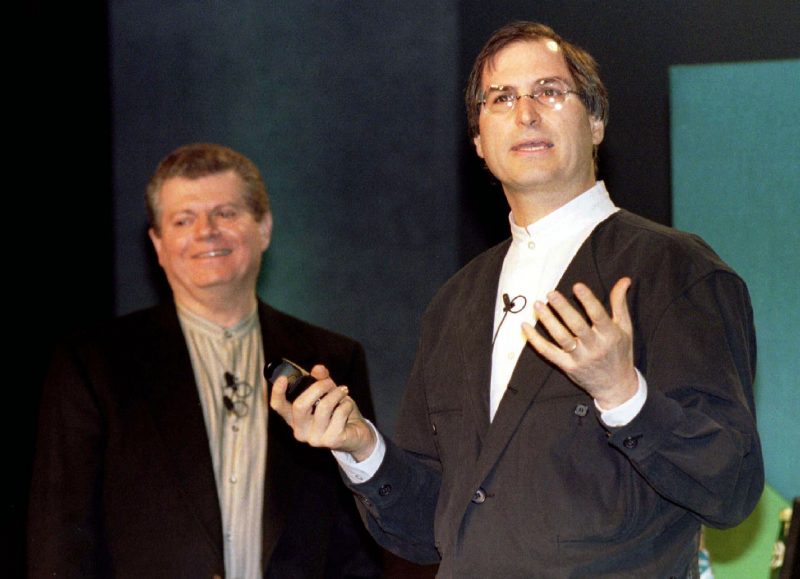
In June of 1997, an anonymous party sold 1.5 million Apple shares in a single transaction. The move caused Apple shares to dip to a 12-year low. Over that July 4th weekend, Jobs had convinced the board to name him interim CEO and fire Amelio.

Not long after, Jobs confessed that it was he who had sold all that Apple stock. It's generally understood that Jobs' move made Apple's board far more receptive to the idea of firing Amelio. Ultimately, Amelio resigned from Apple.

By that August, Jobs had already started to shake things up. He brought in a new board, and made peace with long-time rival Bill Gates: The Microsoft chairman made a live-streamed appearance at the Macworld conference to announce a $150 million investment in Apple, to boos from the audience.

In 1998, Apple introduced the iMac, its smash-hit all-in-one computer, reinforcing the company's turnaround. In 2000, Apple officially dropped the "interim" from Steve Jobs' title. He was now officially the full-fledged CEO. And the rest, as they say, is history.

So when modern tech execs like ex-Uber CEO Travis Kalanick say that they're "Steve Jobs-ing" it and plan to return to companies from which they were fired, just know that it's harder than it might seem.
